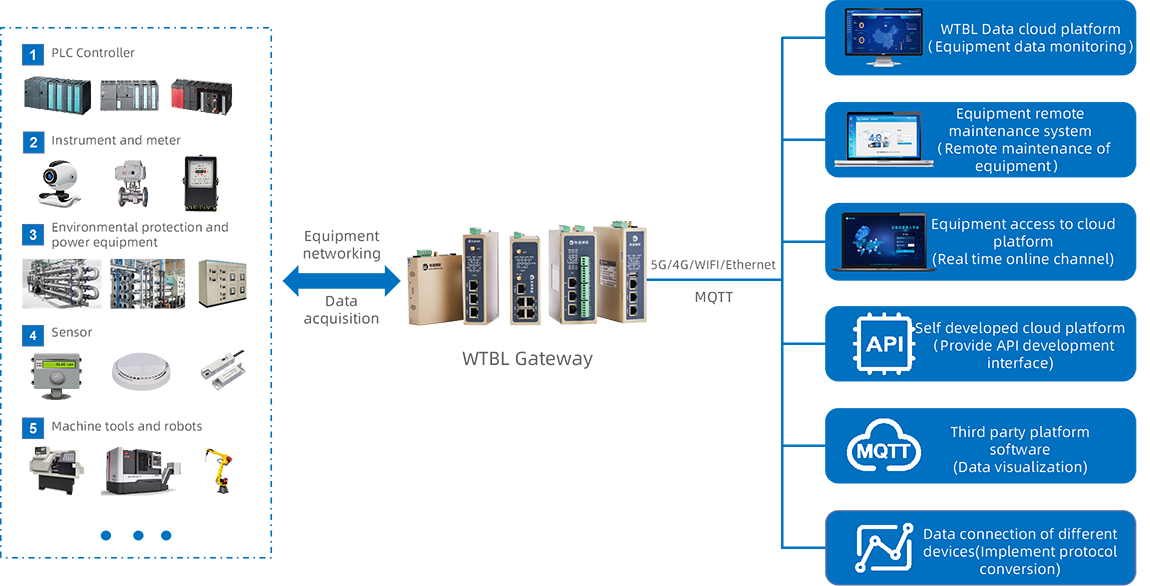-
Industrial IoT Data Acquisition: From Modbus to MQTT
2025-08-27 17:50:03
The Modbus protocol is a serial communication protocol used to connect industrial automation devices, enabling data exchange and control command transmission between equipment such as sensors, motors, and PLCs (Programmable Logic Controllers).
This allows various devices to coordinate and work together efficiently. On the other hand, the MQTT protocol is a lightweight messaging transport protocol based on the publish/subscribe model, capable of supporting large-scale data communications and well-suited for distributed systems and cloud computing platforms. It has become one of the universal protocols in the industrial IoT landscape.
As the concept of industrial IoT becomes increasingly ingrained, the demand for automation, intelligence, and datafication in the manufacturing sector continues to rise.
Consequently, there is a growing need to integrate a diverse array of Modbus devices into MQTT IoT platforms. To address this, Wutongbolian offers an industrial intelligent gateway solution for transitioning from Modbus to MQTT.By integrating Modbus devices into the Wutongbolian industrial intelligent gateway, the gateway collects data from PLCs or MODBUS devices, performs edge computing, standardizes the data, and converts it into the MQTT protocol for seamless integration with MQTT cloud platforms.
This industrial intelligent gateway fulfills the dual functions of Modbus-to-MQTT conversion and data acquisition communication, supporting various internet connectivity options such as 5G, 4G, WIFI, and Ethernet. Its primary objective is to resolve the challenge of unified access to data from diverse devices, providing robust data support for smart manufacturing.The Wutongbolian industrial intelligent gateway is equipped with local computing, storage, and processing capabilities.
Typically functioning as a Modbus master in industrial settings, it collects data from Modbus devices locally, performs computations and storage, and then actively reports the data to the cloud platform via the MQTT protocol in real-time, achieving second-level data reporting.Furthermore, the gateway supports remote configuration, deployment, and status monitoring, offering convenient means for debugging and program uploading/downloading of remote industrial field devices. This effectively supports equipment management and maintenance, enhancing work efficiency and management standards.



 Go Top
Go Top